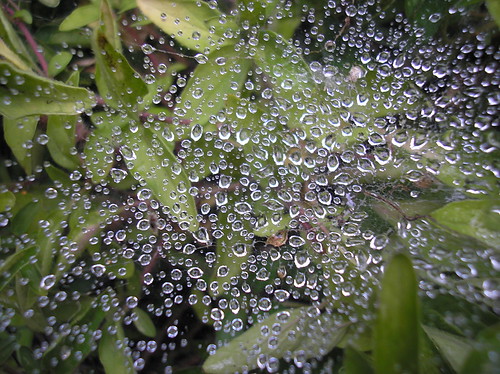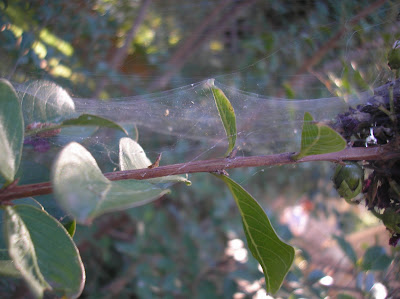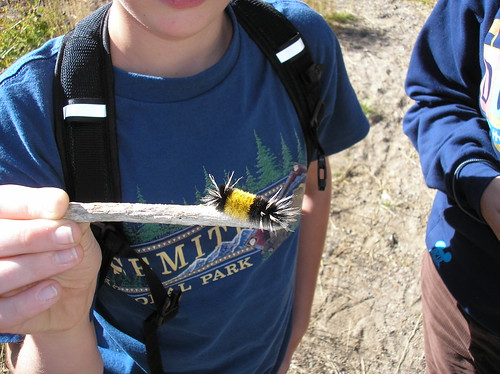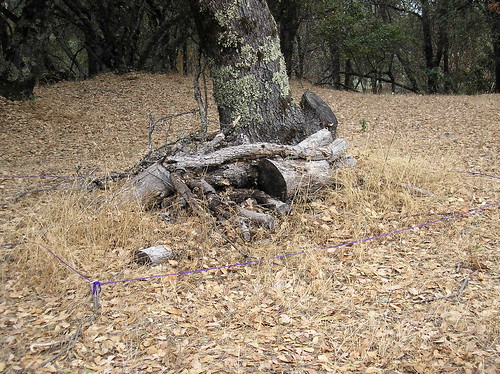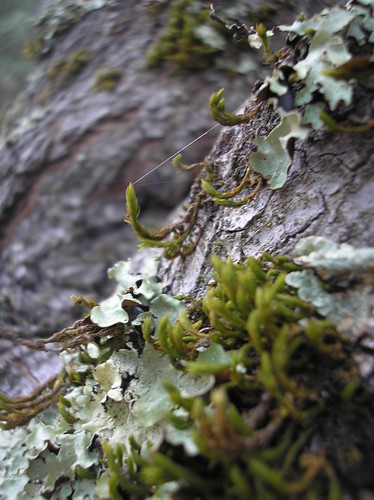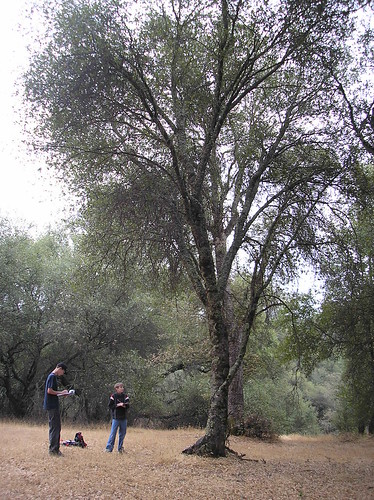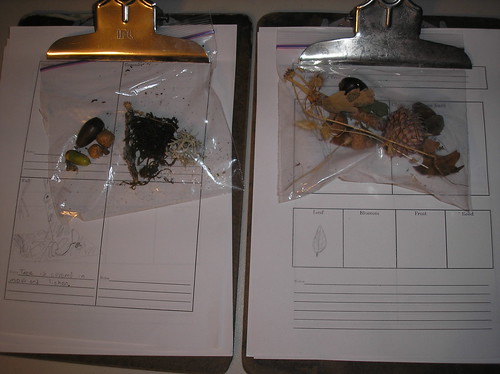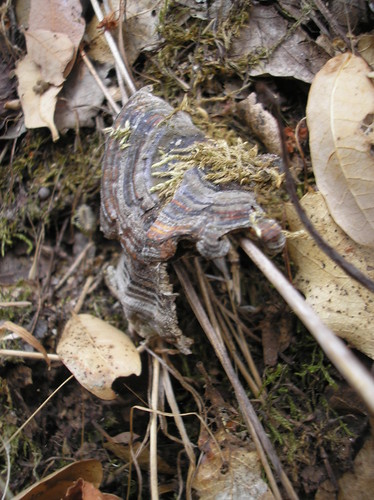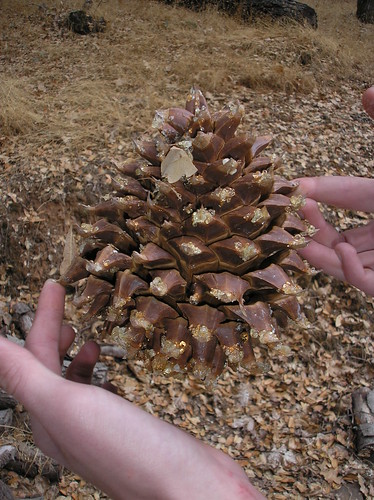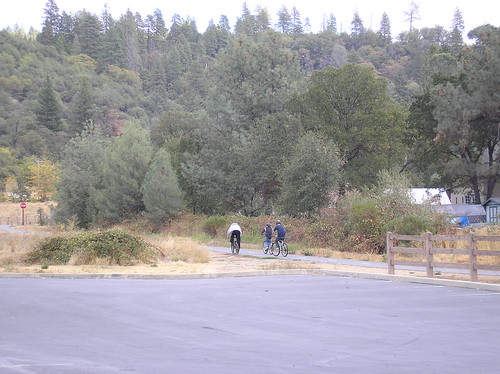
So often I overlook the ants in my life....they seem to be everywhere. These ants were busy inside the rotting pear under our tree.
From page 372 of the Handbook of Nature Study:
"However aimless to us may seem the course of the ant as we see her running about, undoubtedly if we understood her well enough, we should find that there is rational ant sense in her performances. Therefore, when ever we are walking and have time, let us make careful observations as to the actions of the ants which we may see."

Page 372-373 of the Handbook has 14 different activities to use when observing ants.
I think we will be studying ants again with our ant farm in the near future. I had not realized that the HNS had so much information about ants and their nests.
Barb-Harmony Art Mom






















